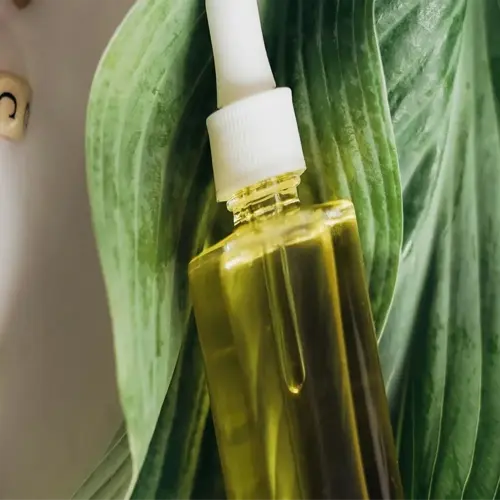What visual symptoms indicate nitrogen deficiency?

Written by
Michael Sullivan
Reviewed by
Prof. Martin Thorne, Ph.D.Plants that are deficient in nitrogen will display chlorosis that first appears in older leaves, because nitrogen will be drawn upwards and used in new growth. This is an occurrence I have diagnosed in soybeans and other crops, where the lower leaves become papery yellow while the new growth at the top stays green. Iron deficiency will show yellowing in the newly matured leaf first, while in nitrogen deficiency, yellowing takes a more obvious bottom-up pattern.
Chlorosis Patterns
- Older leaves yellow uniformly (veins stay green in magnesium deficiency)
- Corn shows inverted V-shaped yellowing from leaf tips
- Tomatoes develop pale green stems with purple undertones
Growth Impacts
- Stunted height: wheat stems 30% shorter than healthy plants
- Delayed flowering: sunflowers bud 2-3 weeks late
- Thin stems: cucumber vines snap easily in wind
Diagnostic Tools
- SPAD meter readings below 35 indicate critical deficiency
- Soil nitrate tests <25 ppm require immediate action
- Petiole sap tests under 2,000 ppm for fruiting crops
It's essential to separate nitrogen issues with over-watering plants. Just last spring, I went to see a client who called about their yellowing peppers. He, without any idea, had them waterlogged and their roots were already rotting. A true nitrogen deficiency shows crisp dry yellowing leaves. I always recommend checking soil moisture and drainage before applying any fertilizer.
The beginning of corrective action is 15-20 lb nitrogen/acre for mild cases. For the very severe yellowing, I would recommend split applications, half at diagnosis and half 10 days later. The turn-around on one broccoli farm was astonishing, going from a pre-corrective at 146 and post-corrective at 307 lbs in just three weeks.
Read the full article: Nitrogen Deficiency in Plants: Signs & Solutions

